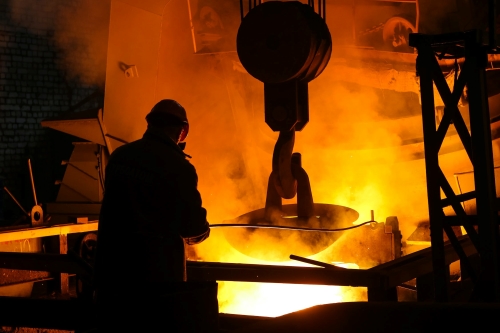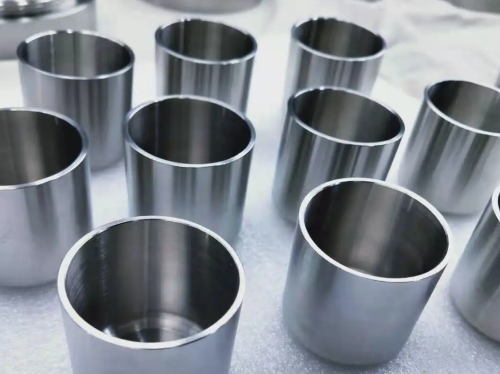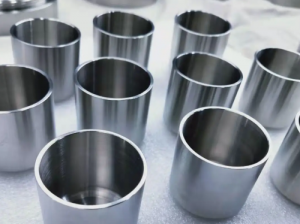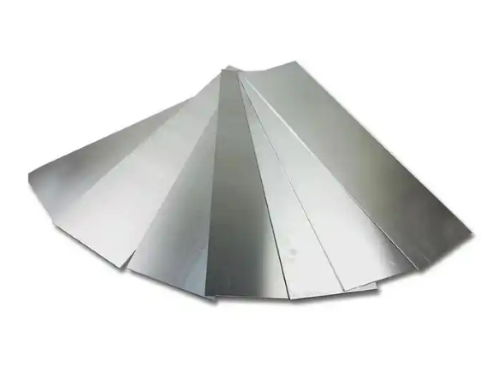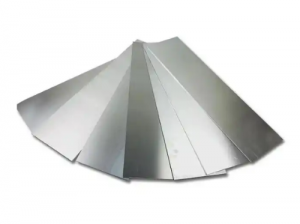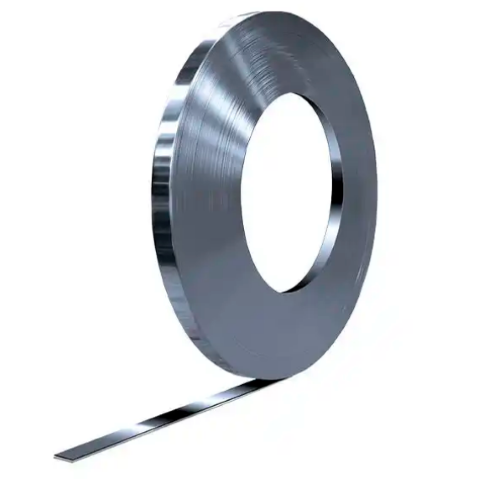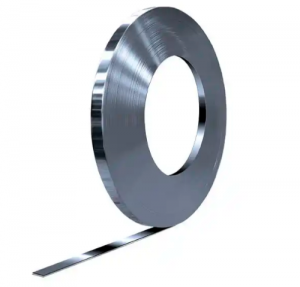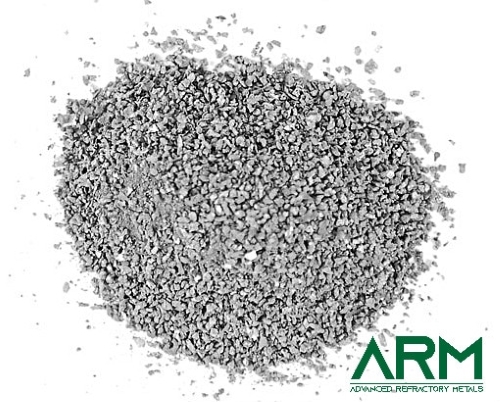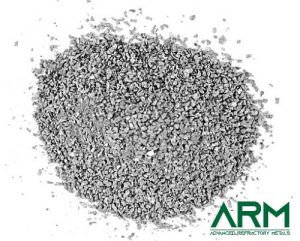Introduction:
In the realm of high-temperature applications, the choice of crucible material is quite significant. These devices contribute to the success and efficiency of various industrial processes. Zirconium crucibles have emerged as a standout choice. They offer distinct advantages over alternative materials.
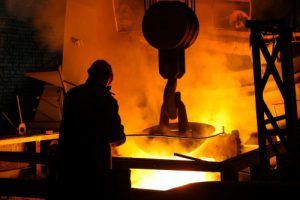
In this article, we delve into their unique properties and benefits. Hope that you can learn about why zirconium crucibles are the preferred option for high-temperature applications.
Benefits of Zirconium Crucibles
Zirconium crucibles stand out for their exceptional properties. These crucibles play a pivotal role in various high-temperature applications. Its uses include metallurgy, materials science, nuclear technology, and medical advancements.
Zr crucibles offer a unique set of advantages that make them sought-after in numerous industrial processes.
–Zirconium’s High Melting Point:
One of the primary advantages of zirconium crucibles is their high melting point. Zirconium boasts a melting point of about 1,852 degrees Celsius (3,366 degrees Fahrenheit). It is suited for high-temperature applications.
This characteristic allows Zr crucibles to withstand the heat of processes. For instance, they can withstand the heat generated during metal alloy melting, crystal growth, and various high-temperature applications.
–Thermal Stability and Resistance:
Zirconium crucibles exhibit outstanding thermal stability. So, they have reliable performance in applications where temperature fluctuations are commonplace.
- Such stability is crucial in processes like chemical vapor deposition (CVD) and sintering. Under these conditions, maintaining a consistent temperature is rather important.
- Additionally, zirconium’s inherent resistance to thermal shock makes these crucibles highly durable. They reduce the risk of cracking or failure during rapid temperature changes.
–Chemical Inertness and Material Purity:
Another key advantage of zirconium crucibles is their exceptional chemical inertness. Zirconium is highly resistant to corrosion and chemical reactions. Thus, the material being processed remains uncontaminated.
This property is particularly significant in applications involving reactive substances or delicate materials, where maintaining material purity is critical for accurate results.
Comparative Analysis with Alternative Materials:
There are a variety of alternative crucible materials, such as graphite or alumin. Zr stands out in several aspects.
- Graphite crucibles, while popular for their thermal conductivity, may be prone to oxidation at elevated temperatures. They may potentially contaminate the material. Zirconium’s corrosion resistance makes it a more reliable choice for safeguarding the integrity of sensitive materials.
- Alumina crucibles, on the other hand, exhibit good thermal stability. However, they may have limitations in terms of their resistance to extreme temperatures and aggressive chemical environments. Zirconium crucibles overcome these limitations. Zr offers a unique combination of high-temperature performance and chemical inertness.
Applications in Aerospace and Advanced Metallurgy:
–The Aerospace Industry
The aerospace industry relies heavily on materials that can withstand extreme temperatures. Zirconium crucibles have found a niche in this demanding sector.
Zr crucibles find use from the casting of superalloys to the production of specialized components. They contribute to the manufacturing of high-performance materials crucial for aerospace applications.
–Advanced Metallurgy
In advanced metallurgy, zirconium crucibles play a pivotal role in the production of exotic alloys and specialty metals.
Their ability to maintain stability and resist chemical reactions ensures that the final product meets stringent quality standards. Thus, Zr crucibles are an essential tool in the metallurgist’s arsenal.
Conclusion
In a word, Zr crucibles enjoy great performance in high-temperature applications thanks to their high melting point, thermal stability, chemical inertness, and material purity. These crucibles outshine alternative materials like graphite and alumina. They offer a unique combination of properties. They cater to the diverse needs of industries such as aerospace and metallurgy.
As time goes by, technology advances, and the demand for high-temperature materials grows. Zr crucibles are likely to continue playing a pivotal role and shape the future of high-temperature applications.
As a premier provider of zirconium products, Advanced Refractory Metals (ARM) stands at the forefront of the industry. Our commitment includes providing competitive pricing and efficient lead times for all our materials. Moreover, our expertise extends to customized materials. Trust Advanced Refractory Metals for unparalleled quality.
